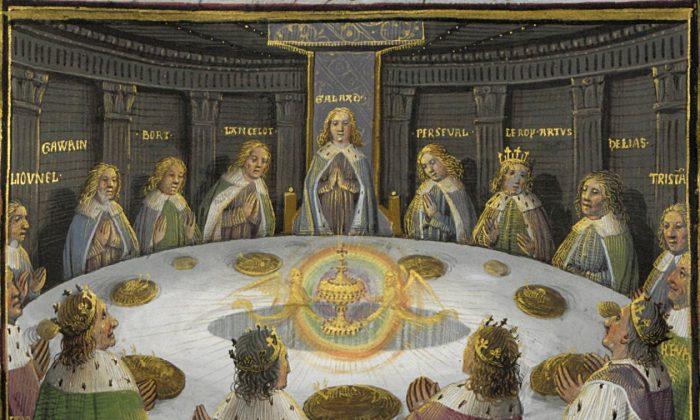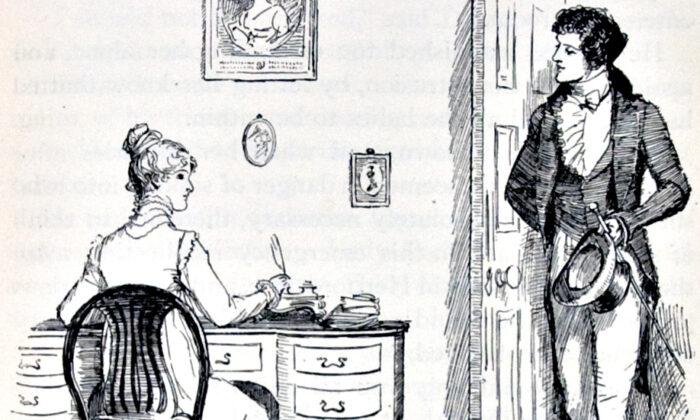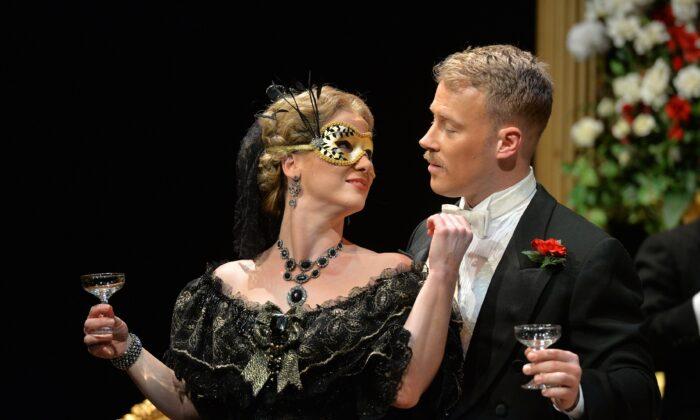Looking back at the past few months, I realize I have been on a search for what it means to be a hero.
I started with Greek mythology, delving into the adventures of heroes like Hercules, Perseus, Theseus, and others like them. I then explored the legends of King Arthur and his Knights of the Round Table. After this dose of literary glory and adventure, I came upon the story of Gilbert du Motier, Marquis de Lafayette, one of the heroes of the American Revolution. A close friend of George Washington and a brave and passionate warrior, Lafayette was one of the key people responsible for America’s victory in its War of Independence. It’s no wonder that more than 50 towns and streets in the United States were named after him.
In reflecting upon these past months of exploration, I have come to realize that these heroes—whether mythological, legendary, or historical—are not only inspiring, but they share important traits. In today’s chaotic climate, their stories are especially valuable reminders of our cultural heritage as human beings.
Noble Lineage
Whether it’s the heroes of Greek mythology, King Arthur, or Lafayette himself, one aspect they had in common was their noble lineage. In Greek mythology, many of the heroes had semi-divine origins. They were children of gods begotten with princesses. Thus, on one side they were sons of heaven and on the other they descended from royalty, embodying the merging of heaven and earth. For this reason, they often had superhuman strength, superior intelligence and resourcefulness, and of course, divine help. That is why they were able to accomplish deeds that no ordinary human could accomplish, and in turn lead and inspire people by their example.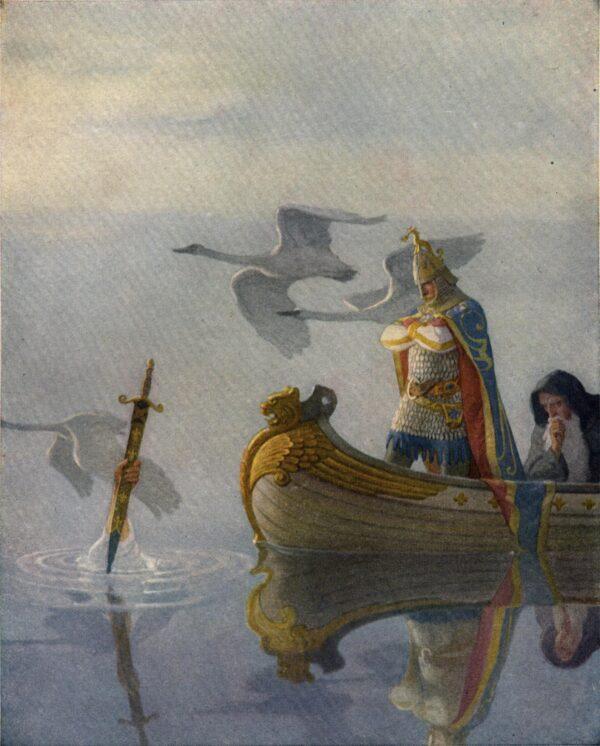
The importance of noble lineage is also seen in the stories of King Arthur and his Knights of the Round Table. When young Arthur discovered the sword in the stone, he was a squire, the second son of a nobleman. Once he pulled the sword out, the wizard Merlin unexpectedly proclaimed him as the lost child of the dead King Uther Pendragon.
Arthur pulled the sword from the stone not merely because he possessed special qualities of his own, but also because his royal birth had already predestined him for this role—a destiny carefully watched over by Merlin, who had not only magical but clairvoyant powers.
Once Arthur established himself as king, he gathered around him the noble Knights of the Round Table. These were sons of kings who had pledged allegiance to him. Their lineage was an important part of their identity because they were noble knights by virtue of both their royal birth and their superior character, which they cultivated by adhering to lofty ideals. In other words, they aspired to be noble to the fullest extent of the word.
Among Lafayette’s ancestors were knights who fought in the Crusades, in the Hundred Year War, and alongside Joan of Arc in her battles to defeat the British. Lafayette’s own father was killed by the British in the Seven Years’ War when he was only 2 years old.
Lofty Aspirations
All these heroes had lofty aspirations, going beyond the limits of their ordinary lives. The heroes of Greek mythology, in particular, set out to accomplish seemingly impossible quests. While they had help along the way—often divine help—their own faith in their ability to undertake their missions was undaunted all throughout. The young Athenian prince Theseus set out to kill the Minotaur, determined to end the suffering and humiliation of his people. The musician Orpheus melted the barriers to the Underworld to bring back his love Eurydice. The mighty Hercules undertook 12 superhuman labours to repay his terrible sins.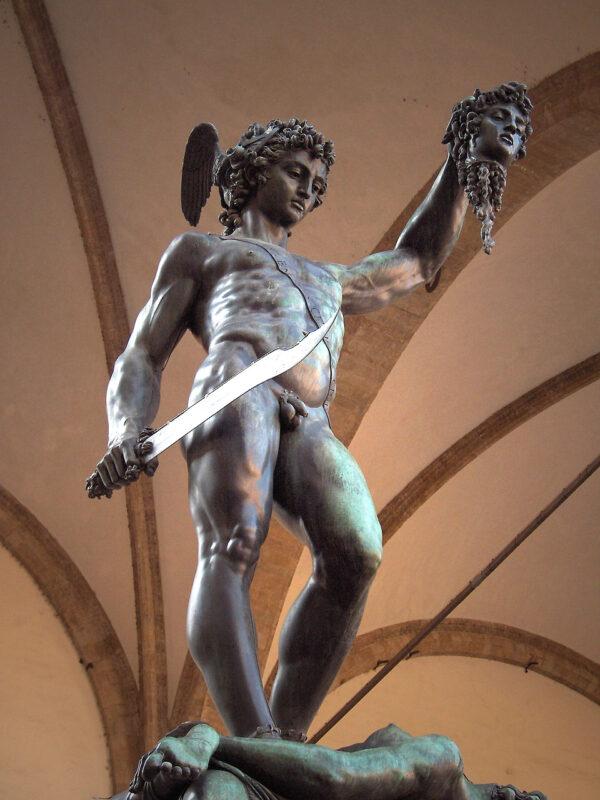
For the Knights of the Round Table, serving King Arthur while adhering to the principles of the chivalric code was their supreme goal. Until the tragic demise of the king’s court, the knights faced wars and individual battles with courage, dignity, and valour. They didn’t shrink back from any challenge and were ready to defend their king at any peril, including to their lives.
Their devotion to the chivalric code, although imperfect, was a testament to their pursuit of lofty goals and higher values. These included love of God and country, courage in the face of the enemy, honesty and integrity, generosity of heart, goodness, justice, and defence of the weak. There are many instances in the King Arthur stories in which the knights were ready to forgo their lives in order to uphold the principles of honour and integrity.
For Lafayette, his lofty aspirations manifested as a firm belief and devotion to the destiny of the United States and its fight for freedom and independence. In his writings, he recalls: “From the first moment when I heard the name America, I loved it. From the instant I found out that it was fighting for freedom, I burned with the desire to spill my blood for it.”
Personal Sacrifice
No heroic deed comes without personal sacrifice. In Greek mythology, the heroes went through harsh trials that tested their faith, courage, and endurance. They abandoned the thoughts of comfort and a quiet life and journeyed to resolutely face unthinkable dangers.Sometimes, their sacrifices manifested in ways more subtle than the heat of battle, involving their pride and reputation. For example, to teach the heroic yet intemperate Hercules a lesson in humility, his divine father Zeus condemned him to spend more than a year as a slave to Queen Omphale of Lydia. The queen repeatedly mocked the proud hero, even commanding him to dress as a woman and join her maidservants in women’s activities, such as spinning and sewing. Yet Hercules endured the punishment to repay his past wrongs, confident that he would regain his heroic status once he was set free.
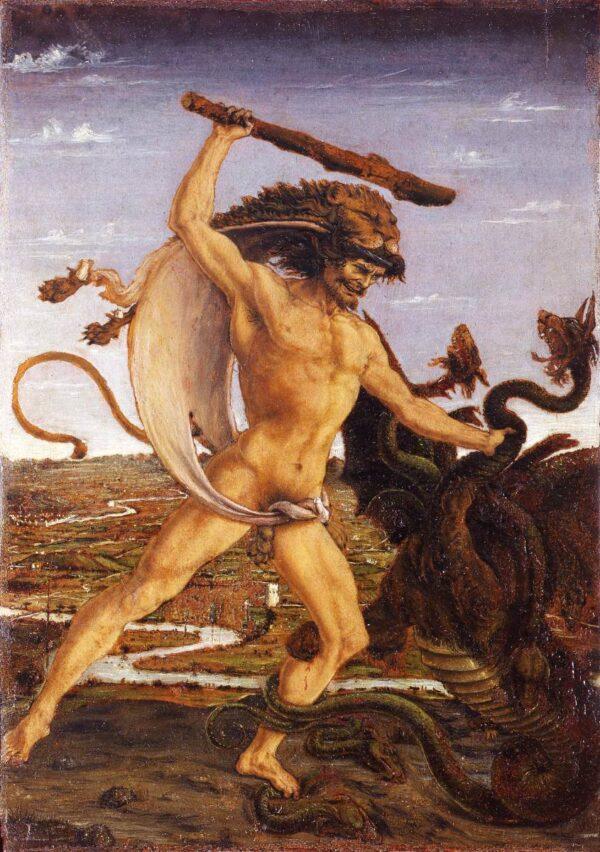
King Arthur and his knights also had to make personal sacrifices, and like Hercules, they endured not only the dangers of battle but were also called to sacrifice their own personal happiness. One memorable instance is the story of proud Sir Gawaine, who agreed to marry an old hag to save the life of King Arthur. Not only did Sir Gawaine marry her, but he treated her with all the courtesy and respect due to a wife. Little did he know that he was being tested—his ugly wife was actually a beauty in disguise who came to test the nobility of his knighthood.
Author Howard Pyle used Sir Gawaine’s story to teach readers a lesson in honouring their duties and responsibilities. In his addendum to the story, he writes: “Likewise, when you shall have become entirely wedded unto your duty, then shall you become equally worthy with that good knight and gentleman Sir Gawaine; for it needs not that a man shall wear armour for to be a true knight, but only that he shall do his best endeavour with all patience and humility as it hath been ordained for him to do.”
Lafayette also made great personal sacrifices to help the cause of American independence. Not only did he self-finance his trip to serve as a volunteer in America, but he sought out the heat of the battle, led his troops with wise strategies, and shared in their hardships and struggles.
Despite his pride and desire for glory, Lafayette was humble and deferential to his American leaders, especially Gen. George Washington, for whom he had deep respect. In the end, Lafayette played an essential part in the American Revolution, not only through his successes in battle, but also by garnering the considerable support of French king Louis XVI, which the Americans needed to achieve their ultimate victory. Fifty years after independence, when the aging Lafayette returned to America for a grand tour, he was rewarded by jubilant crowds of tens of thousands of grateful people, showing him that his sacrifices for their country had not been in vain.
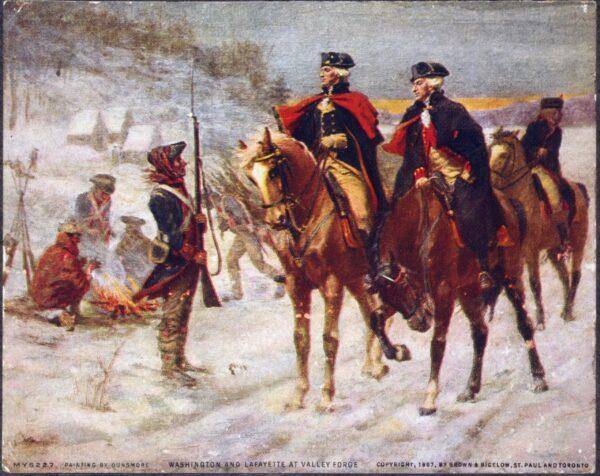
In the end, these heroes, whether from Greek mythology, King Arthur and his Knights of the Round Table, or the Marquis de Lafayette, can teach us many valuable lessons. Whether legendary or historical, these stories form our noble lineage, a collective past that serves as a reference for our own personal missions in life. Ultimately, it is up to us whether we are able to recognize our duties and responsibilities and take on the noble tasks that destiny has placed on our path.

